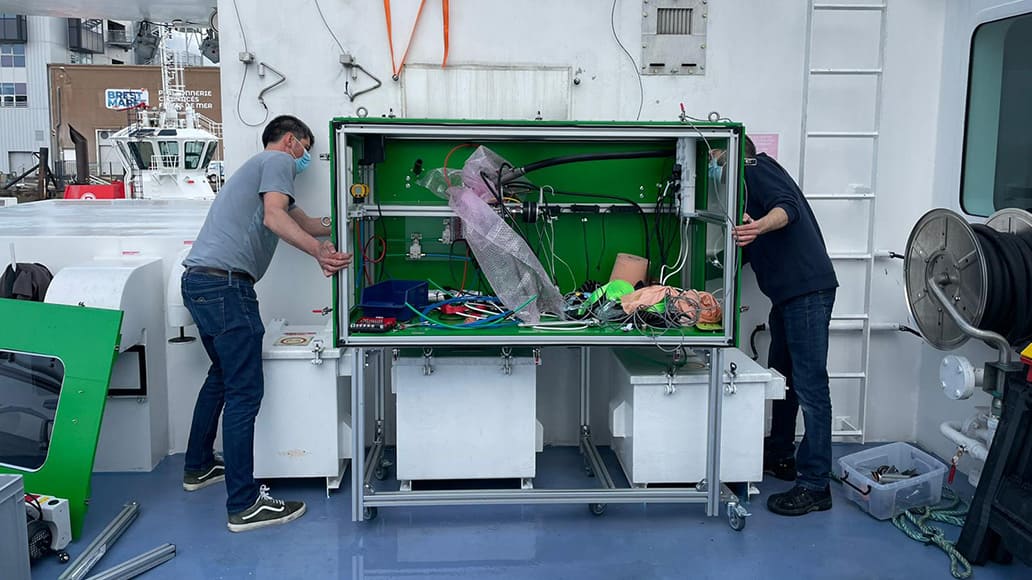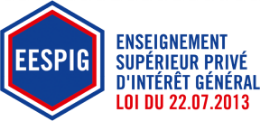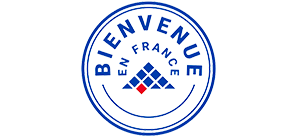Improving air quality in maritime transport

Part of ESTACA’s QUAD (Air Quality and Pollution Control) research team carried out tests on the ship that navigates between Brest and the island of Ushant.
These experimental tests were carried out as part of the CAPNAV project (Characterization of fine particle emissions from ships), which aims to quantify soot particle emissions generated by maritime transport to evaluate technical solutions for reducing emissions.
Helping to meet the environmental and health chanllenge of air quality in coastal areas and on ships
Pollutants from shipping (sulphur or nitrogen oxides and fine particle emissions) are some of the most harmful. They can lead to heart and respiratory disease for the inhabitants of coastal regions. The CAPNAV project, led by the ESTACA’LAB QUAD team, aims to provide answers to this issue. It is strongly backed by the French Environment and Energy Management Agency (ADEME), which in its 2018 call for projects CORTEA (Knowledge, Reduction at Source and Treatment of Emissions in the Air), sought to open a new area of work in the naval sector.
Since September 2019, ESTACA’LAB’s teacher-researchers have been using a fine particle measurement methodology on ships, that was already implemented in the automotive sector. One of the goals of the study is to define a measurement system to obtain reliable and repeatable data about particulate emissions from ships that could become a reference in the field of fine particle emission control. Solutions to reduce pollutant emissions will be evaluated as part of this project, such as the addition of additives to diesel fuel or the development of liquefied natural gas (LNG) engines.
Experimental tests under way on board the ship connecting Brest to the island of Ushant
The measurement system the team has been working on for the past eighteen months is being tested this week in full-scale on the ferry Fromveur 2 belonging to the Breton company Penn Ar Bed. Benoit Sagot, a teacher-researcher in the QUAD team, David Perrez, a technician in the laboratory and Julie Gaudillier, 4th-year student at ESTACA, were welcomed onboard the ship to carry out the measurement campaign.
This is the first time such complete onboard instrumentation has been installed on this type of ship to quantify emissions in real-time and provide a large number of parameters on fine particles emanating from ships manoeuvring in operation or in port areas. Sensors applied directly to the ships’ stacks measure a certain data such as particle concentration, the speed of the gas flow and the size of the particles generated.
These tests are of interest to the media who closely covered the campaign. See for example a report by France Bleu Bretagne.













